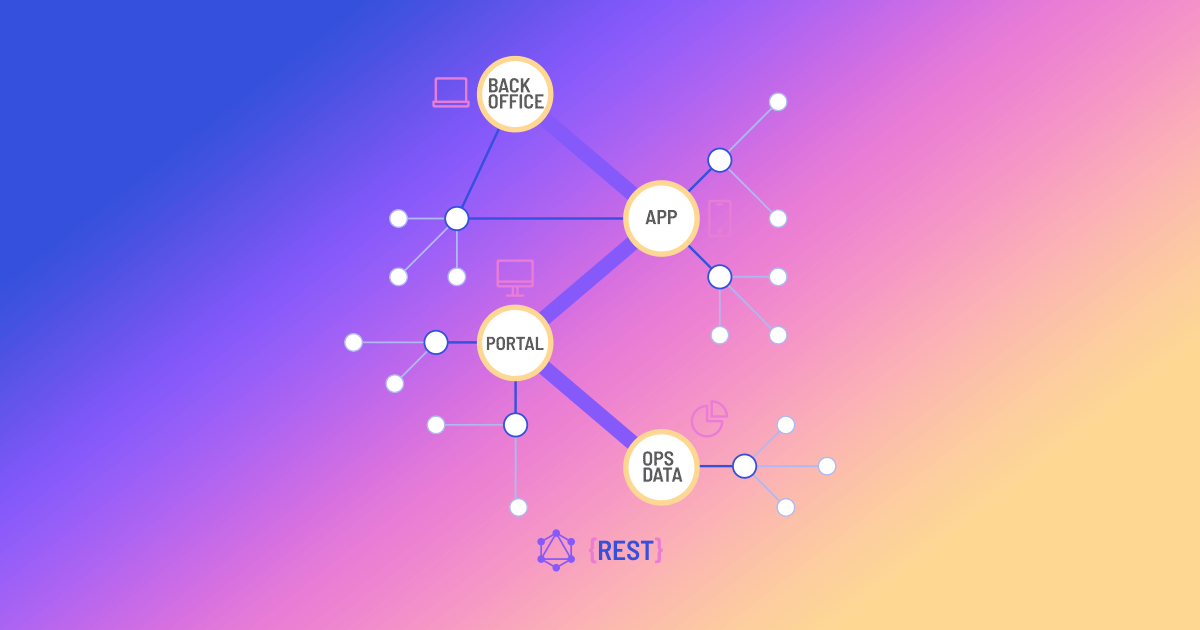Semantic enrichment of content using graph relationships helps improve the relevance of your communications.
A knowledge graph can be used to manage, organize, and provide semantic enrichment of content. By representing information in a structured and interconnected way, a knowledge graph helps users find the information they need, and provide context and additional insights.
Defined relationships
One of the key benefits of using a knowledge graph for content management is that it allows for the creation of clear and defined relationships between different pieces of information – semantic enrichment. For example, in a knowledge graph about a particular topic, a node can represent a concept or idea, while the edges between nodes represent the relationship between those concepts. This makes it clear to see how different pieces of information are related and helps users understand the context and relevance of a particular piece of content.
These defined relationships are particularly important when things get complicated. Relationships between the supply chain, products, and customers are prime examples of a relationship-heavy structure that is commonplace in most businesses.
Search and access
In addition to providing a clear and intuitive way of organizing information, a knowledge graph also makes it easier to search for and access content. A knowledge graph enables more precise and accurate search queries by representing information in a structured way. Users can find the information they need through the data and the relationships between it. For example, a manufacturer that queries a particular product can map the relevant nodes and edges in a knowledge graph. This allows the user to quickly retrieve relevant information, in this case, product components and their supply chain data.
Related content
Another benefit of using a knowledge graph for content management is that it allows for the integration of additional information and context. For example, suppose a user is reading an article about hiking trails in Connemara. In this case, a knowledge graph can provide links to related information such as local campsites and supply stores, helping the user to gain a more comprehensive understanding of the topic.
Now if you look at content from a wider perspective, away from marketing messaging. This includes content and data for product development, sales dashboards, the supply chain, and operations. This information is all interconnected in some way. The relationships help to build a picture. A picture that tells a story of how the organization as a whole operates. How it is connected, and how changes in those connections can impact other areas. Semantic enrichment becomes important to business leaders looking to improve efficiencies and to developers who want to find and use specific information within back-office and front-of-house apps.
Semantic enrichment in content management
Content management is more than websites delivering marketing information, it’s about getting the right content to the right people. Shipping delays are important to salespeople to communicate effectively with customers to keep good relations. Likewise, sales forecasts are important to procurement to ensure adequate supplies to meet demand. An organization is an interlinked organism of individual parts working together.
Data, content, and processes can help understand the day-to-day business functions. By using a knowledge graph to plot the relationships of interdepartmental operations, businesses can ensure every department has the information to make them productive. The nature of graph relationships provides devs and business leaders with powerful query capabilities for front-end functionality and meaningful insights.
Overall, a knowledge graph is a valuable tool for managing and organizing content for semantic enrichment of data and content. It provides a clear and intuitive way of representing information in complex environments. It enables more precise and accurate search queries for developers and users.
A knowledge graph helps businesses and users discover and use relevant content and data.
